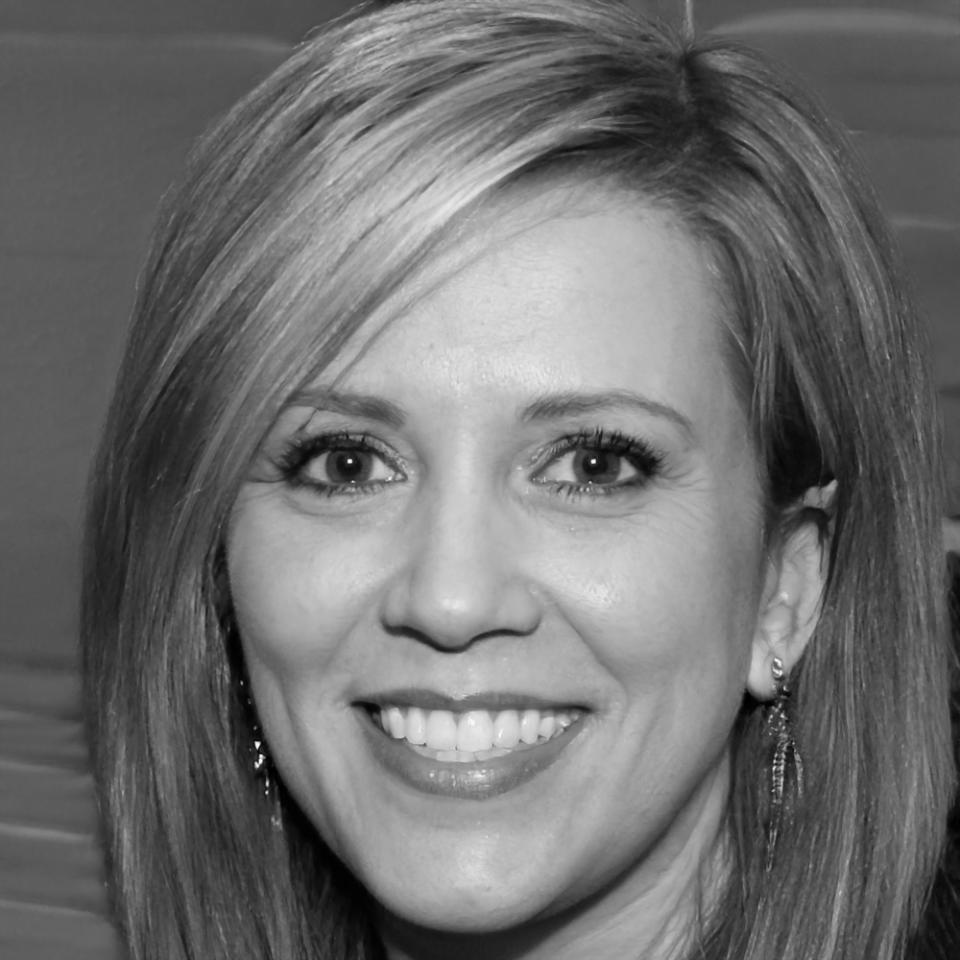Build Financial Models That Actually Work
Most finance professionals struggle with models that break when you change one assumption. We teach you a different approach. One that's been tested across dozens of real companies in the Philippines market, from startups raising their first round to established firms restructuring debt.
Explore Programs

Why Most Models Fall Apart
Here's what happens. You build a beautiful three-statement model. Everything links perfectly. Your boss asks one question about changing the payment terms, and suddenly your balance sheet doesn't balance.
That's because most online courses teach you formulas without teaching you the logic behind them. They show you how to connect cells, but not how to think about the business you're modeling.
We start with the business logic first. How does inventory actually move through a company? What happens to cash when you extend credit to customers? Once you understand that, the formulas become obvious.
What You'll Actually Learn
These aren't topics we cover. They're skills you'll develop through building real models from scratch.
Revenue Recognition
Model different revenue streams properly, from subscription businesses to project-based services, without creating circular references.
Working Capital
Build inventory, receivables, and payables schedules that reflect actual business operations and cash timing.
Debt Structures
Model term loans, revolvers, and more complex financing arrangements with proper interest calculations and covenants.
Scenario Analysis
Create flexible models where you can test different assumptions quickly without breaking your formulas.
Valuation Methods
Connect your operating model to DCF and comparable company analysis in ways that make sense.
Presentation Skills
Format your models so other people can actually use them, with clear assumptions and documentation.
How the Program Works
Our next cohort starts in September 2025. Most participants complete the core curriculum in 12 weeks while working full-time.
Foundation Phase
Three weeks learning the accounting principles that drive financial statements. We use a simple retail business as the example. By the end, you'll build a working three-statement model from scratch.
Industry Applications
Four weeks applying what you learned to different business models. Manufacturing companies with inventory. SaaS businesses with deferred revenue. Service firms with project-based billing.
Advanced Structures
Three weeks on complex financing arrangements. Multi-tranche debt. Convertible notes. Earnouts and contingent payments. The stuff that breaks most models.
Capstone Project
Two weeks building a complete model for a real company case. You pick the industry. We review your work and provide detailed feedback on structure, formulas, and presentation.
What Past Participants Say

I took this right after switching from audit to a corporate finance role. The timing was perfect because I needed to build models immediately. What helped most was understanding why the formulas work, not just copying them. Now when something breaks in my model, I can actually figure out what went wrong.
Before this program, I'd avoid projects that required financial modeling. I'd seen these massive spreadsheets at work and had no idea where to start. The course broke it down into manageable pieces. Now I volunteer for modeling projects because I know I can handle them.
